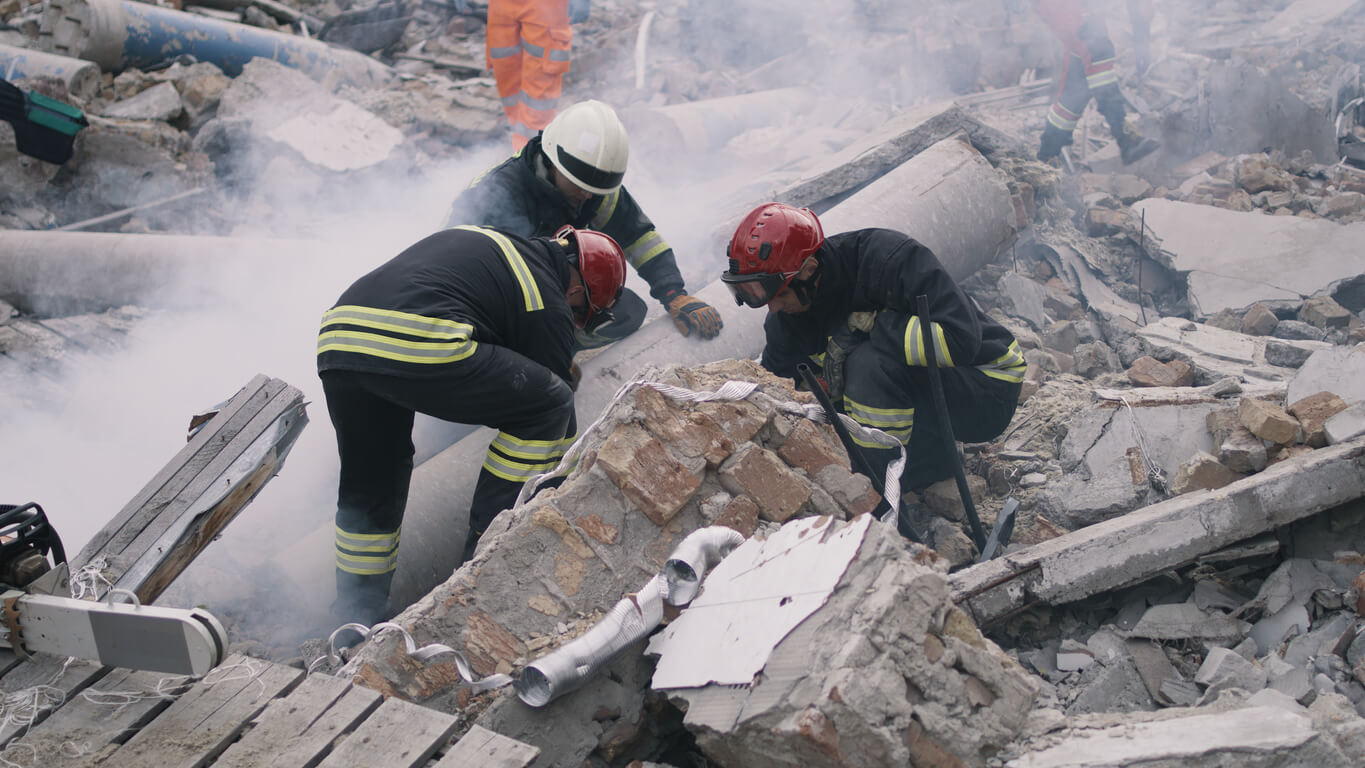
When planning for communication contingencies, it’s vital to create different levels of comms to account for unpredictable variables. Every agency will have a different needs according to the type of emergency they are responding to.
PACE (short for Primary, Alternate, Contingency and Emergency) is a method used to build a communication plan for these types of scenarios. Today we’ll review the purpose of PACE plans, whom they serve and steps for creating an effective communication strategy.
What is the Purpose of a PACE Plan?
The U.S. military initially developed PACE to ensure reliable communications no matter the circumstances. In simplest terms, a PACE communication plan creates an established order of methods that streamline communication efforts in emergencies.
In addition, depending on your industry, your organization may need specific plans for different situations, activities, or partners.
While having a PACE plan does not guarantee that designated communication technologies will work in a disaster, it helps create continuity that enables key personnel to work together efficiently.
Rather than consider technical complications, PACE plans operate strictly on the order of communications should primary methods fail. In order words:
A PACE plan is not a:
- Frequency plan, which details how to use specific radio frequencies
- Band plan, which attempts to avoid signal interference
- Channel plan, which specifies which channels (or blend of channels) will best reach the target audience
- Deployment plan, which designs a roadmap for how to roll out procedures to participants
The PACE method determines which parties need to communicate and then identifies the four best methods of communication between those parties as technology degrades or becomes unavailable.
For maximum effectiveness, each communication method should be completely independent of the other methods.
What Types of Businesses Should Have a PACE Plan?
While originally conceived for military applications, PACE plans are also starting to become useful in other industries. PACE plans have proven to be effective for:
- First responders
- Public safety agencies and enterprises
- Local governments (State – Local – Tribal – Territories – SLTT)
- Enterprises / Businesses (Industry)
Steps for Creating a Pace Plan
Does your business have an Emergency Management and Communications Manager? If so, it’s their responsibility to develop PACE plans customized for your organization to ensure appropriate communication methods and infrastructure.
Once your business has created a general PACE plan, you must follow it with a more detailed operational plan. This revised plan will designate specific radio channels or satellite numbers to call in case of emergencies. An effective PACE Plan ensures everyone is on the same page regarding which technologies to use and in what order should communications systems fail.
Let’s review each PACE stage and an example of communication technology that could accompany it.
1. Primary
Your primary method of communication is typically the most effective and used for everyday comms. These typically include cell phones, landline phones, and internet connections.
2. Alternate
Alternate comms are effective but are slightly less convenient for everyday use. You can use alternate communication technologies alongside primary comms to ensure 24/7 readiness.
Blended connectivity helps teams navigate communication challenges by ensuring networks remain active during lapses during critical situations.
3. Contingency
Going down an additional level, contingency methods will be slower, more expensive and less convenient than primary or alternate methods.
IP Access’s RedPHONE is a phone that offers true off-grid communications. RedPHONE operates between satellite nodes and is routed over the IP Access SELECT Network. Over 1,700 RedPHONES have been deployed in over 600 agencies across the country, providing protection and operation when everything else is offline.
4. Emergency
Emergency methods are typically a last resort when primary, alternate and contingency means fail, as they have significant lag times, are expensive, and are more difficult to use.
However, IP Access’s SuperGIG technology is an all-in-one connectivity solution that aggregates multiple cellular and satellite networks into a single service. As a result, SuperGIG delivers the highest possible throughput and uninterrupted connectivity for mission-critical communications.
How Can IP Access Help With Creating an Effective PACE Plan?
As you prepare your organization with a robust PACE plan to navigate any emergency, IP Access International stands ready to equip you with the ultimate communication solution – SuperGIG™. With SuperGIG™, your PACE plan gains an unparalleled advantage, ensuring high-speed, reliable, and uninterrupted connectivity in any scenario.
SuperGIG™seamlessly blends multiple cellular and satellite networks into a single service, providing the highest possible throughput for mission-critical communications. No matter the circumstances, SuperGIG™ guarantees that your primary, alternate, and contingency communication methods remain active, safeguarding seamless connectivity for your teams.
Contact us today, and together, let’s fortify your PACE plan with the unrivaled power of SuperGIG™.